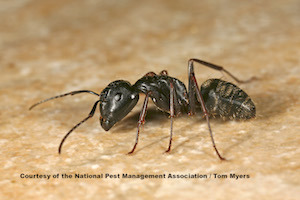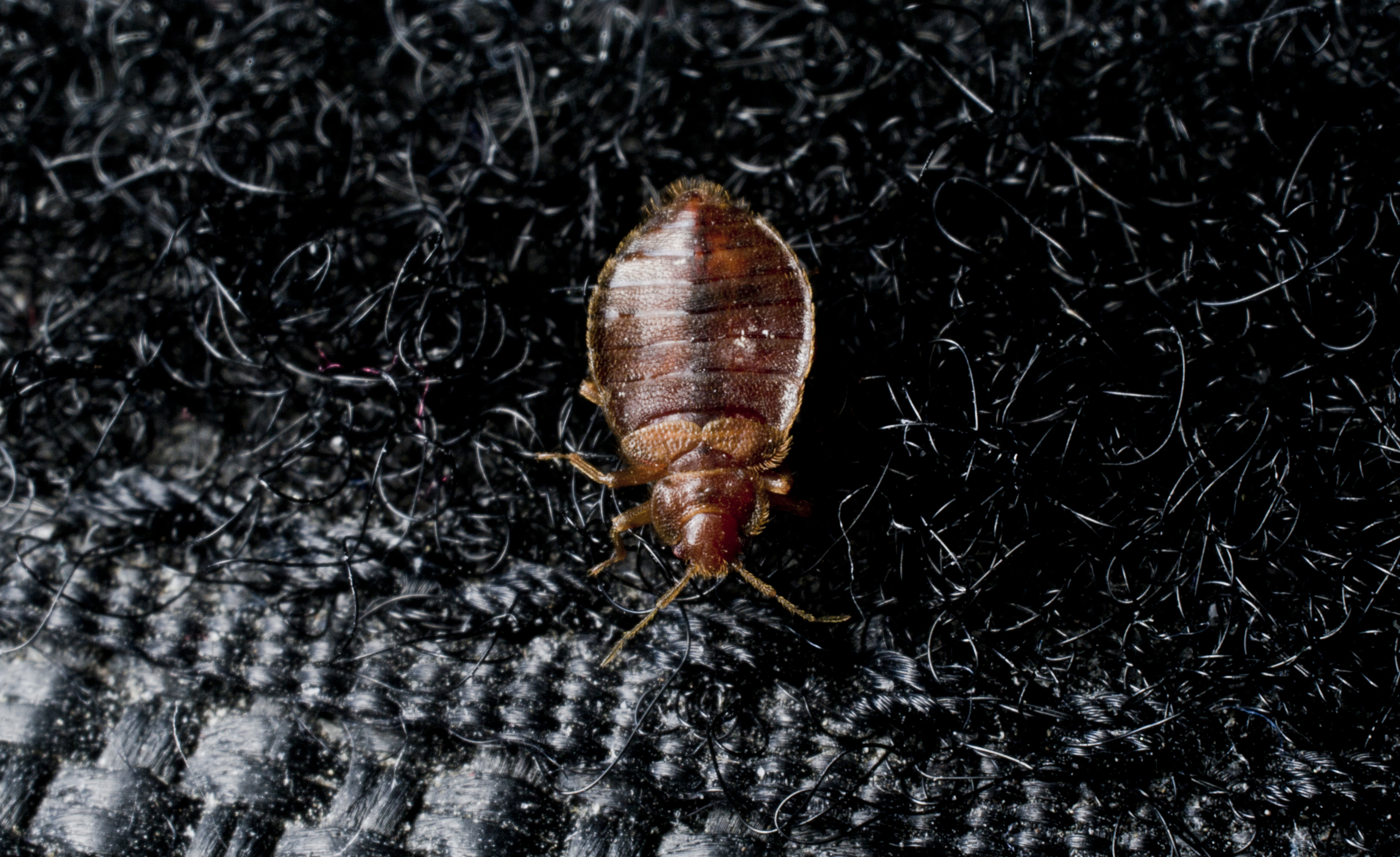Cities Facing Increased Rat and Mice Populations in 2025
According to the NPMA’s Public Health Pest Index, changing weather patterns are contributing to increased rodent activity in several U.S. cities. Severe winter conditions, including extreme cold, heavy snowfall, and fluctuating temperatures, are driving rodents indoors in search of warmth, food, and shelter. This trend is expected to cause a surge in infestations across both residential and commercial properties.
9 Cities Expected to Be Most Affected by Rodent Activity in Winter and Spring 2025
As winter intensifies, rodents are increasingly seeking refuge indoors. Here are the cities most impacted by this shift:
Boston, MA
Intense snowstorms and freezing temperatures will drive rodents indoors in search of shelter.
Denver, CO
A long, freezing winter filled with heavy snowfall is driving mice indoors, with white-footed mice among the species seeking refuge in residential and commercial buildings.
Florida
The extreme cold, especially in northern Florida, has driven rodents indoors as they seek warmth and protection from the harsh conditions.
Grand Rapids, MI
Unprecedented snowfall is forcing rats and mice to escape the cold by invading homes and businesses.
Louisville, KY
Record-breaking cold and snowfall have made indoor spaces attractive havens for rats and mice looking for warmth and sustenance.
New Orleans, LA
The region's unprecedented snowfall has likely driven rats indoors, seeking warmth and refuge from the severe winter conditions.
Salt Lake City, UT
House mice, including white-footed mice, are being driven indoors due to freezing temperatures, seeking warmth and reliable water sources.
Seattle, WA
A mild and dry start to winter has encouraged rodents to move indoors earlier than usual.
Washington, DC
Extreme temperature swings have led to a notable increase in rodent activity across the city.
The Growing Concern of Rodent Infestations
Each year, rodents invade an estimated 21 million homes in the U.S., with the majority of infestations occurring in the colder months. These pests not only cause structural damage by gnawing through wires, pipes, and insulation, but also pose significant health risks by contaminating food and spreading diseases such as Salmonella, Hantavirus, and Rat-Bite Fever.
How to Protect Your Home from Rodents
Rodents can enter homes through small openings—mice can squeeze through holes as small as a dime, while rats can fit through spaces the size of a quarter. To prevent rodent infestations:
- Seal entry points – Close cracks and gaps around doors, windows, and foundations.
- Improve drainage – Ensure water is diverted away from the home with gutters and downspouts.
- Eliminate food sources – Store food in airtight containers and avoid leaving pet food out overnight.
- Declutter storage areas – Keep basements, attics, and garages clean and organized.
- Inspect regularly – Look for signs of rodent activity such as droppings, chewed wires, and nesting materials.
Find Rodent Control Services Near You
If you suspect a rodent infestation, find a pest control professional in your area before attempting DIY solutions to ensure effective and lasting rodent control.

Learn About Ants
Ants are a common pest homeowners struggle to eradicate. Learn more about them!

Bed Bug Pest Guide
Traveling for the holidays this year? Be sure to keep an eye out for bed bugs! Use our Pest Guide to help identify this pest.

NPMA's What Grows There? Project
Check out NPMA's What Grows There? project to learn how pests, such as flies, cockroaches and rodents, can spread germs throughout a home.
Find a PEST PRO in your area

Learn About Ants
Ants are a common pest homeowners struggle to eradicate. Learn more about them!

Bed Bug Pest Guide
Traveling for the holidays this year? Be sure to keep an eye out for bed bugs! Use our Pest Guide to help identify this pest.

NPMA's What Grows There? Project
Check out NPMA's What Grows There? project to learn how pests, such as flies, cockroaches and rodents, can spread germs throughout a home.
